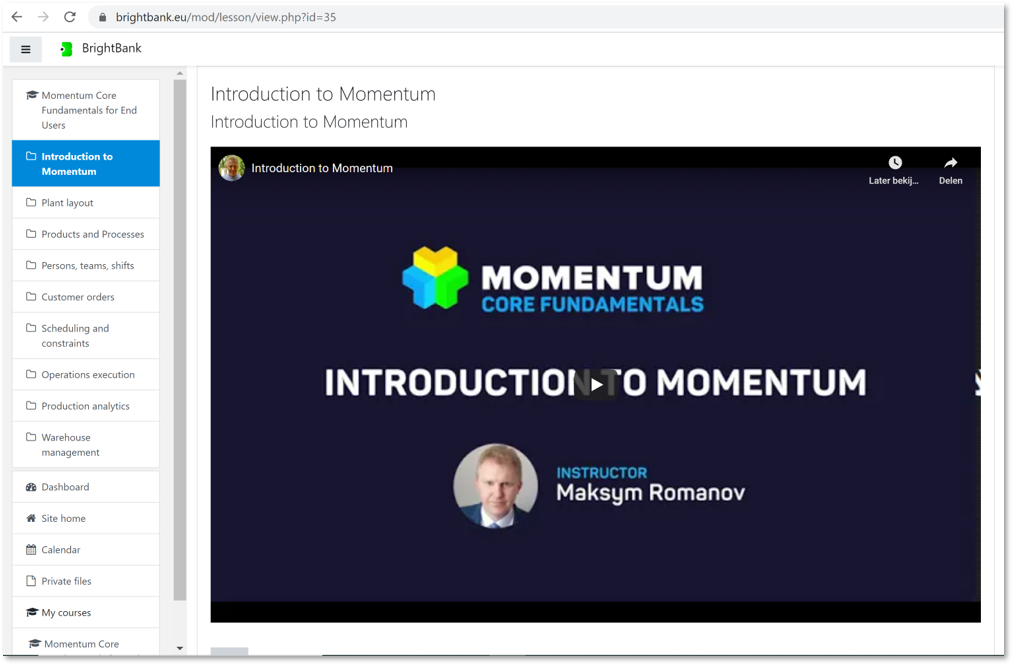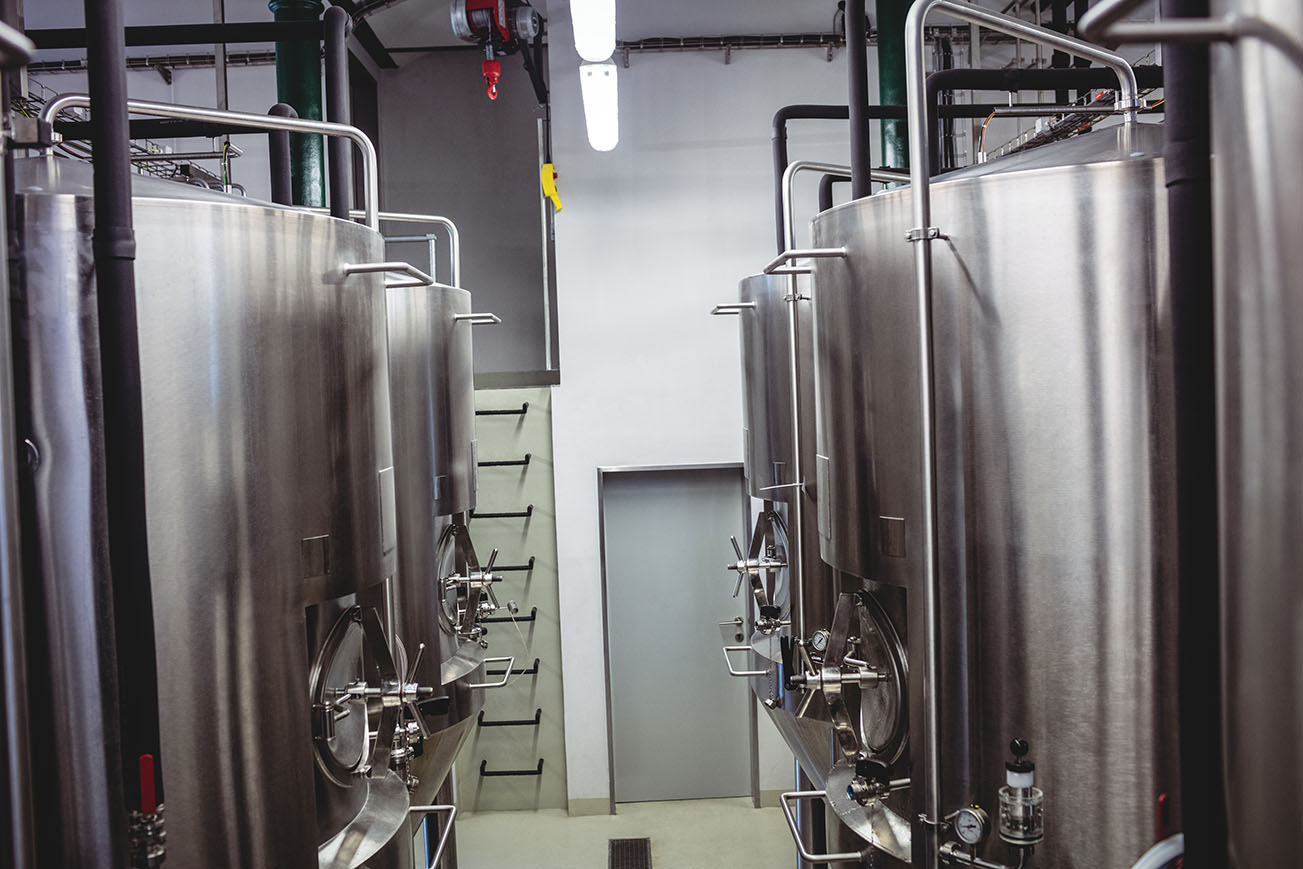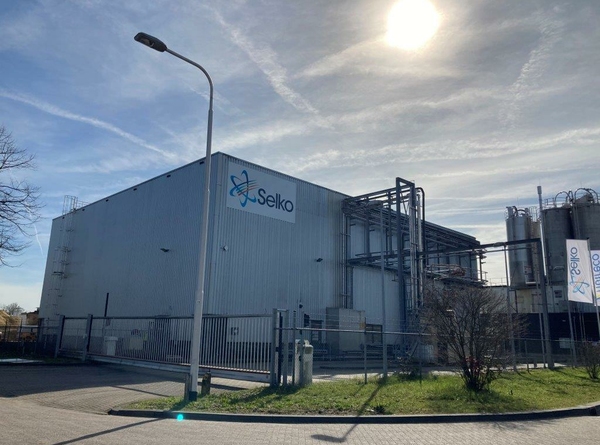About Trouw Nutrition and Selko
Trouw Nutrition is Nutreco's livestock feed business line and is a global leader in feed, farm and health. The company has a 90-year history of developing innovative feed products and more sustainable ways of raising healthy farm animals and companion animals. With a presence in 105 countries, it is committed to solve challenges facing the feed-to-food chain and transform the agricultural industry to feed a growing world population.
Selko, the feed additive brand of Nutreco, provides specialty feed additives to optimize animal performance and customer value. The production process prioritizes the preservation of nutritional value and the quality of raw materials. As such, the quality of Selko's products needs to be ensured throughout every stage.
Overcoming Obstacles with Momentum
The Manufacturing Execution System (MES) Selko was using fell short of the quality requirements and failed to keep up with evolving demands. Operators spent too much valuable time handling excessive paperwork and other administrative tasks. Moreover, the outdated nature of the system and its inadequate lifecycle management posed significant concerns. Selko concluded the system was not fit anymore for future-proof operations.
To address this, Selko and Trouw Nutrition started searching a new MES system that offered effortless configurability and long-term sustainability. Momentum was selected as the ideal software solution. Notably, Momentum not only fulfilled the requirements for MES but also encompassed Warehouse Management System (WMS), Quality Management System (QMS), and track & trace functionalities.
While integrating Momentum with the existing infrastructure, it was crucial for Selko to retain its batching management system (BMS). This posed no issue as Momentum seamlessly accommodated with the specific needs, even though it provides its own batching functionalities.
Quality Assurance in the implementation of Momentum
For the implementation, Selko wanted to work with its own system integrator, Actemium. Since Actemium had never worked with Momentum before, it was important for Brighteye to train the integrator in the Momentum software.
Here at Brighteye, we have a layered set of policies, procedures, and tools to ensure an optimal implementation project experience and results for both the customer and the system integrator. We aim to secure optimal usage of the Momentum functionality and top-range maintainability and scalability on the long term.
How do we do this?
We engage in strategic alliances with system integrators, beyond the initial project scope. A Momentum system integrator must complete the certification before the start of a project. All project engineers should be certified, meaning they completed the training provided by BrightBank, Brighteye’s comprehensive training program.

To ensure a smooth implementation, we always apply a phased project plan with three phases: scoping, delivery, and lifecycle management. In the case of Selko, this was additionally challenging as the chosen integrator Actemium was new to Momentum. Our consultants were up for the challenge and were happy to guide Actemium through the implementation phases.
Multistep implementation to assure quality throughout the entire process
Phase 1: Scoping
The goal of the scoping phase is to come to a clear and agreed project definition and final implementation roadmap. Multiple workshops and deep dives, as well as some careful planning by Brighteye’s solutions architect, result in a well-defined roadmap with clear intermediate milestones and deliverables. The entire scope is defined in Momentum DevOps, the backbone for the build & deploy. The detailed scope is translated into user stories by Brighteye’s specialists.
Phase 2: Delivery
In the delivery phase, we focus on the build and deploy of the solution agreed upon in the scoping phase.
To optimally guide Actemium through their first time implementing Momentum, our consultants built upon the high-level user stories that were made in the scoping phase. They wrote detailed hands-on tasks with extensive flowcharts explaining code logic so that Actemium knew exactly what to do each step of the way. All these tasks were put on a sprint board in chronological order for Actemium to get started.
Whenever a user story was completed on the sprint board, it was time for testing. The consultants at Actemium devised extensive iFAT and FAT testing procedures for each user story. The user stories were first tested by Actemium with the help of Brighteye before they were tested by the customer. This way we could guarantee Momentum worked in the way it was agreed upon during scoping.
Phase 3: Lifecycle management
Our lifecycle management consists of multiple facets that offer support and help you stay updated
-
Steering committees
Brighteye insists on scheduling frequent steering committee meetings with IT and Operations management involvement to align on the roadmap and get feedback from the customer.
-
R&D updates
Our research and development department likes to maintain a close relationship between the solution architects and the customer about new releases and the value they may bring.
-
Peer groups
Momentum customers and system integrators benefit from frequent exchanges in closed communities. They discuss the dos and don’ts, lessons learned, …
-
Software support services
Of course, Brighteye is open to supporting the client’s MOM team for bug fixing, new business demands, ad-hoc training, and so on. It is also possible to monitor the entire application for logging, analyzing, and alerting.
They wrote detailed, hands-on tasks with extensive flowcharts.
What does Selko use Momentum for?
The production process starts when the resources are delivered to the facility. When the truck arrives, a sample is taken to the lab to check the purity and quality of the resources. This is tracked in Momentum together with the information on whether the delivery is bulk material or on pallets.
Momentum communicates with Selko’s ERP system to keep the stock updated, but also keeps track of all the bulk material present on the site.

During the production process, the batching happens 80% automated in the batching management system and 20% manually, both have a connection with Momentum. There are also constant quality tests on the mix, which means samples are sent to the lab. If there is a problem with the mix, the recipe needs to be changed ad hoc. Momentum, together with the other systems present at Selko, enables the company to react and adapt fast to changing circumstances.
A practical example of the possibilities of Momentum
The user stories and flow charts were made for all the processes in Selko where Momentum is involved. Here is one of those user stories in detail, the delivery of a truck with liquid bulk goods.
From the very beginning, the ERP system sends information to Momentum so the operator can see which trucks are scheduled to arrive. When a truck with bulk goods arrives, the operator indicates which truck it is and fills in some additional information such as the weight and license plate. Then, the first quality check takes place. The operator checks the paperwork and certificate that proves the tank is clean and fills in the information in Momentum.

If everything is in order, the reception can be started. Momentum suggests which unloading points the operator can pick for the truck driver to unload his truck. Before the unloading starts, a sample of the delivery is sent to the lab for testing. Selko has its own LIMS system (Laboratory Information Management System) to maintain all the technical details of the sample. In Momentum, they only have to check off whether the sample is approved or not. If the sample is approved, Momentum sends a signal to the batching system which starts automatic unloading of the truck.
After unloading, the batching system sends information about the amount of received goods back to Momentum’s warehouse management system together with the date and lot number. The operator can do a final check and correct any mistakes before the delivery is finalized and the purchase order is automatically closed in the ERP.
This is just one user story, of one type of delivery. Our consultants worked these out in detail for all the deliveries, replenishments, production processes, and packaging. So that Actemium could develop all the possible options and escalations when there are quality issues. Before the implementation of Momentum, tedious procedures needed to be followed. Now, the administrative work is minimized and Momentum guides the operators through the process with simple interfaces. It goes to show that even with the most complex processes, Momentum can integrate with different systems, streamline workflows, and enhance overall operator efficiency and satisfaction.
Results & future
By replacing the outdated MES system at Selko, we managed to simplify the procedures and improve the interfacing. The amount of administrative work that needed to be done in the past was significantly reduced as the automation and communication between the different systems at Selko are improved. This leaves the operators more time to do meaningful tasks and spend less time on manual data input.
Future plans are to investigate the options for implementing labeling and the advanced planning module to further optimize the Selko site.
Are you curious to how we can help your business? Schedule a quick call and we'll listen to your use case, no strings attached.


